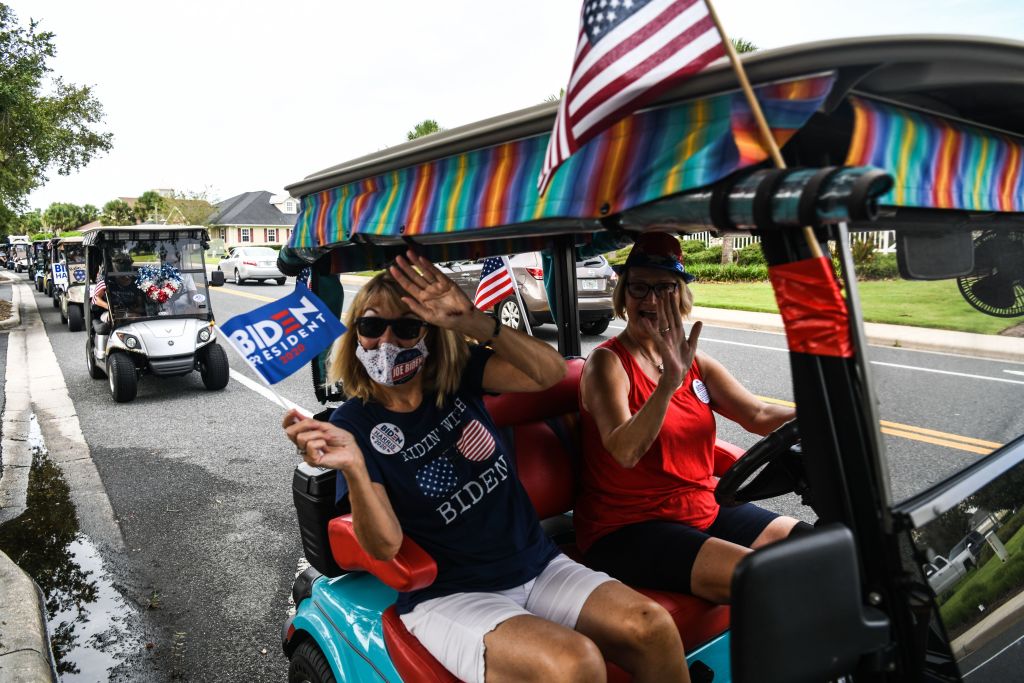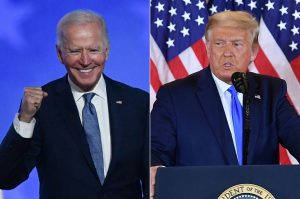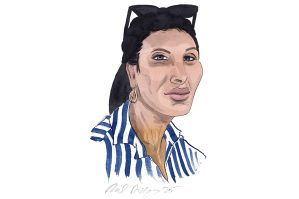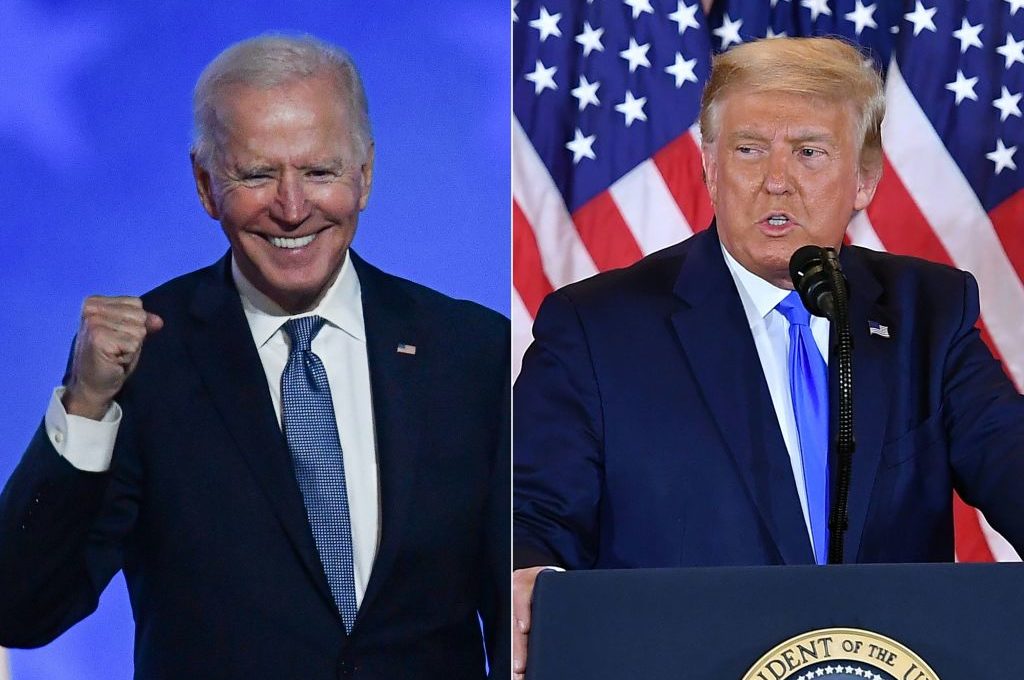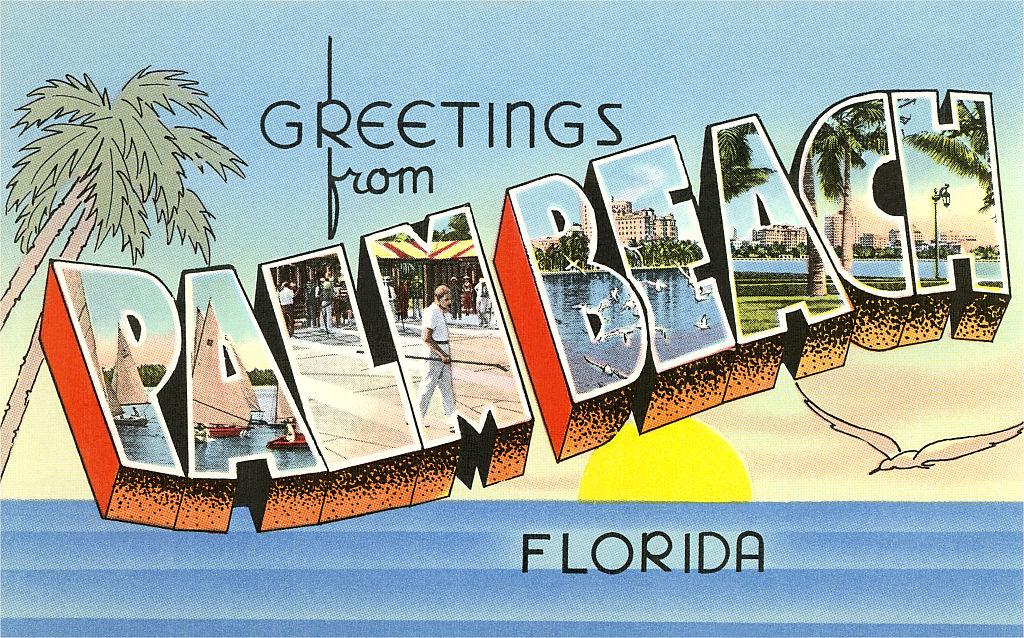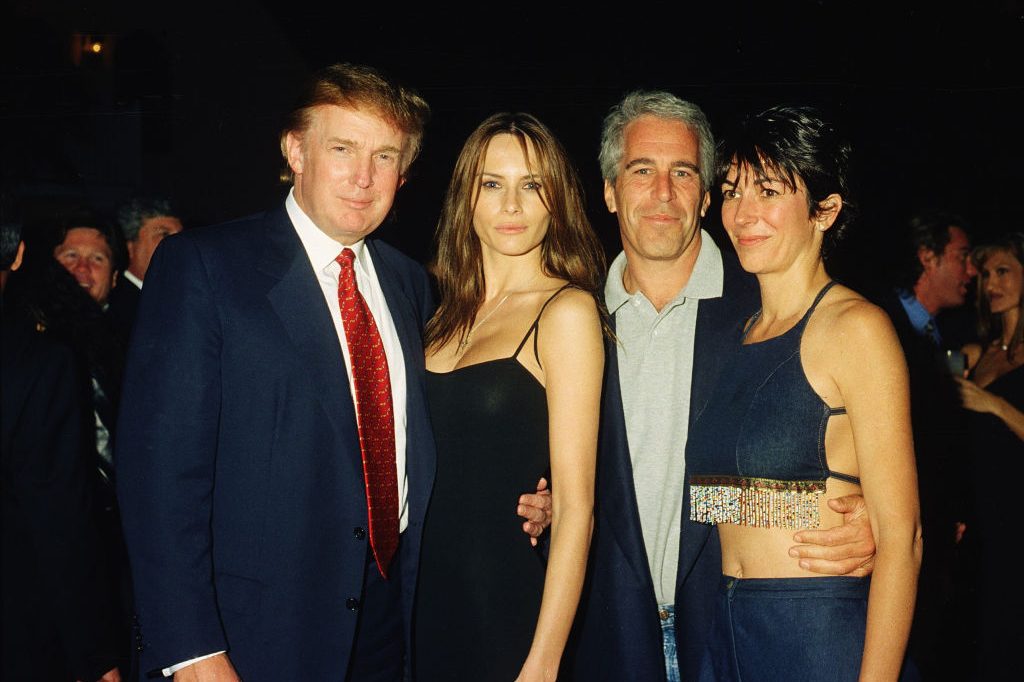Swing state season, that three- to four-month stretch of peak American crazy, is upon us. The big three states — New York, California and Texas — are often considered representative of the American experience, due to their larger-than life branding and enduring economic heft. But, small outlier communities aside, the big three are politically homogeneous and ultimately predictable in their beliefs and voting patterns. That makes them utterly boring and, dare I say, un-American in sensibility come election time. America is a bipolar land of infinite complexity and chaos. Due to its size and the mish-mash of loons from disparate backgrounds who populate this great, messy nation, it is the unpredictable swing states, not the predictably red or blue states, that truly represent the country’s spirit.
Here in Florida, one of the wildest of the swing states, election season is a time of madness and hijinks. Even your sanest and least politically engaged friend, after watching his 500th political ad, might go off the deep end and start spewing impromptu talking points like some deranged plank-walker who’s just escaped from the bowels of a partisan pirate ship. This spirit of derangement, not unlike a zombie virus, begins to infect more and more residents of a swing state as the election inches closer, which is how I found myself swept up by a pro-Trump caravan as I was heading home on an otherwise quiet Sunday afternoon. First, I heard the honking. Then came the screaming. I looked in the rearview and saw dozens of American flags waving from trucks that were heading directly for me. Swing-staters were leaning out their windows, bullhorns half obscuring their contorted faces. For a second, fearing that this band of roving marauders wanted to capture me and strap me to the side of a truck, a bullhorn taped to my mouth, I nearly accelerated away. But what would be the point in running off? I thought. It was officially swing state season, and sooner or later, I’d be baptized in the crazy. I slowed down. The honking grew louder, as did the screaming — Trump! Trump! Trump!— and then they surrounded me. Excitement and fear washed over me. And then I honked, joining my people.
All this might sound crazy and awful — it is — but it’s also supremely entertaining and thrilling. A swing state would collapse under this collective hysteria if the political lunacy was never-ending, but as it only lasts a couple of months a year every four years, it’s best to enjoy it and see the experience for what it is: peak America. You might not have been able to experience the Wild West or the Roaring Twenties, but as a resident of a swing state, even if you choose not to participate in the political theater, you’ll feel the chaotic energy of bygone eras when you step outside and see, that once again, your neighbors are engaged in the age old tradition of the dueling lawn signs. Will this be the year that your right-wing neighbor impales your passive-aggressive lefty neighbor with a lawn sign? Or will a third-party, like the landscaper in Orlando who in 2016 ran over a Trump sign with his lawnmower, appear from the swing state ether and settle the neighborly dispute?
[special_offer]
And if you think only raucous Trump supporters take to the streets during swing state season, you’d be sorely mistaken. In The Villages, America’s largest retirement community, dozens of spry geriatrics hopped on their golf carts and paraded down Main Street in support of Geriatric King Joe Biden. It was a slow procession — some say the last golf cart will reach its intended destination on Election Day 2024 — but an impressive one, as these at-risk seniors did not cower in fear in the face of the coronavirus. In swing states, the political bug, apparently, is far more infectious than a once-in-a-generation virus. Haven’t these brave — crazy? — citizens earned the right to dictate the country’s future? I’d say so.
Swing state haters will say that states like Florida and Pennsylvania shouldn’t determine election outcomes. But what these states lack in supposed cultural capital, they make up for in chaotic Americanism, which happens to be more relevant in determining the country’s future. These states may not know where they’re going, but when they set out, the rest of the country will follow.
The push and pull nature of the swing state, and how it perpetually battles itself in search of ideological congruence, parallels the nature and history of a country that has been pulling itself apart since its birth. Some would even say that this perpetual splintering that never quite ends in a total fracture is what makes us America. The dozen or so swing states that will decide this fall’s election — and the fate of the country — embody that spirit of splintering without fracturing. To the dismay of the big red and blue states, in November they will set the American narrative once again — as they should.



